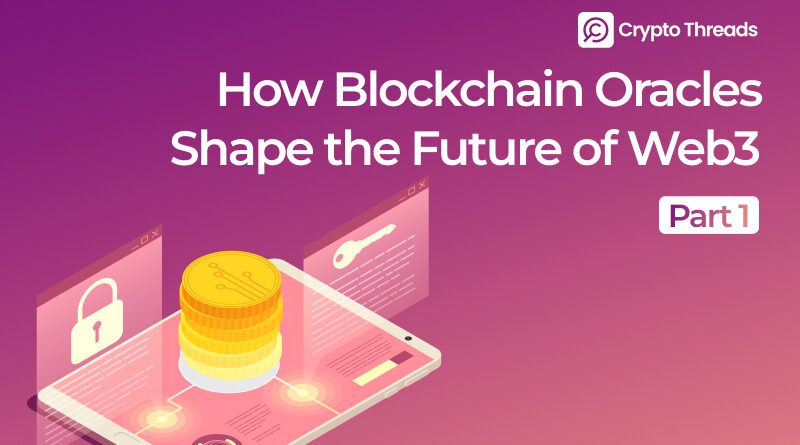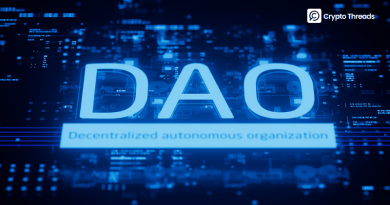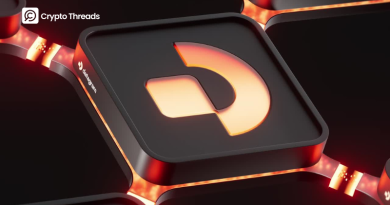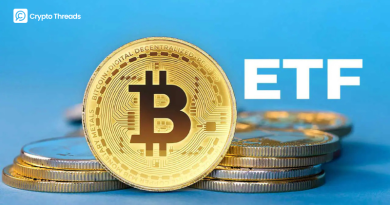How Blockchain Oracles Shape the Future of Web3 (Part 1)
Understanding Blockchain Oracles

What Are Oracles?
Oracles offer trustless off-chain data services for blockchain applications for the purpose of acting as an interface between the blockchain and the outside world. Blockchains are intentionally separated from each other and cannot directly access external systems or data. This isolation gives these primary benefits: secure transaction validation, prevention of double-spending, and low network outage. However, this restriction also prevents smart contracts from communicating directly with off-chain data such as election results, currency rates, or updates to stock markets.
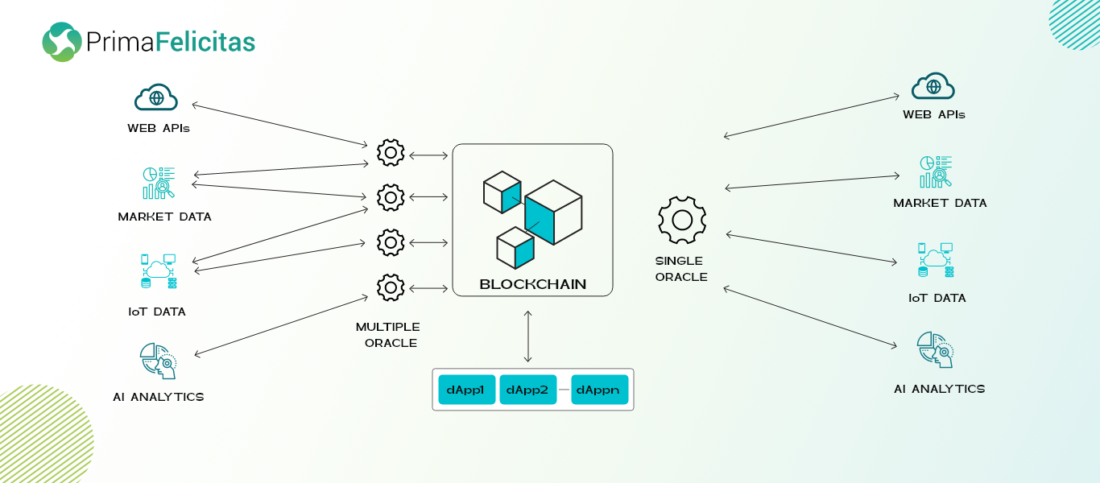
Blockchain Oracle and How it Works (Source: PrimaFelicitas)
This problem needs to be solved through the oracle of blockchain. Oracles bridge real-world data to the blockchain, creating trust and secure communication across on-chain and off-chain environments. They guarantee that data gathered from outside sources is reliable and appropriate for usage with blockchain technology.
Types of Oracles
Oracles can be classified based on their form, nature, and function, each with their own benefits and use cases. Software Oracles extract data from online sources such as websites, APIs, or databases and are essential for applications that require real-time information, such as commodity prices, weather forecasts, or sports scores. Hardware Oracles, on the other hand, interact with physical sensors, IoT devices, or RFID chips to collect data.
They are especially useful in situations where real-world conditions, such as supply chain monitoring or environmental factors, must influence blockchain-based actions.
Oracles can also vary based on centralization. Centralized Oracles depend on more trusted entities, like a government agency or trusted organization for the data. Although they are convenient, they bring inherent risks with them, including single points of failure, vulnerabilities, and data inaccuracies that can lead to network downtime. Decentralized Oracle Networks (DON) address these limitations by combining multiple independent Oracle nodes and multiple data sources to guarantee end-to-end decentralization. These networks facilitate hybrid smart contracts, which are able to combine on-chain and off-chain functionality with minimized risk through data manipulation, errors, downtime, etc.
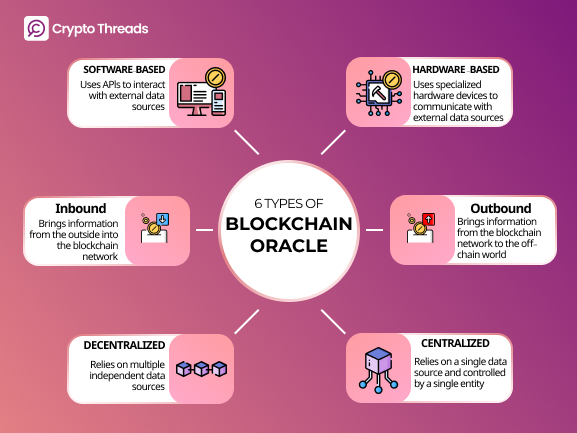
6 Types of Blockchain Oracle
Oracles can be categorized into different types functionally. Inbound Oracles involve taking off-chain data and feeding it to the blockchain for use in smart contracts, whereas outbound Oracles allow smart contracts to send commands to off-chain systems to perform actions like making payments or unlocking devices. Cross-chain Oracles are internal to blockchains and allow different blockchains to share data and move assets from one to another. Both computation-enabled Oracles strive to allow secure off-chain computations that are not feasible to carry out on-chain. These Oracle solutions are used for different use cases, such as proof of zero-knowledge generation, smart contracts auto-triggering, and verifiable randomness generation.
Key Principles and Features of Web3
Core Principles of Web3
Although Web3 lacks a precise definition, it is founded on several key ideas. The essence of decentralization is the distribution of ownership among consumers and creators as opposed to its concentration in the hands of centralized organizations. All participants have equal access because there are no barriers to entry because it is permissionless. Web3 uses cryptocurrencies for transactions and native payment options to replace traditional banking systems. Moreover, it relies on financial incentives and systems to reduce the need for reliable third parties, operating on trustless.
Web3’s Transformative Features
Web3 is also mighty powerful because it offers new features and benefits that were not possible from the Internet we know. Arguably its coolest attribute is ownership. Web3 is the “read/write/own” phase of the Internet, where users can directly own their digital assets using non-fungible tokens (NFTs). In Web2 games, all in-game assets are linked to an account created by the player, which means that if the user deletes their account or stops playing, all these assets are lost, while Web3 empowers users to govern in-game assets as they own, trade, or sell them in open marketplaces; hence, the value of the assets remains even if the user decides to exit the game.
Another transformative feature is censorship resistance. In Web2, content creators often rely on centralized platforms, as illustrated by OnlyFans’ attempt to ban pornography in 2021. In Web3, data is stored on the blockchain, empowering users to retain control of their content and reputation even as they switch platforms. This decentralization eliminates the risk of censorship by centralized entities.
Decentralized autonomous organizations (DAOs) are another revolutionary feature of Web3. For the first time, users can collectively own and govern the platforms they participate in. Unlike traditional top-down governance models, DAOs allow community members to propose, vote on, and shape project decisions using governance tokens. This model of participation ensures that Web3 platforms remain transparent and community-run, marking a significant shift from centralized decision-making.
Together, these principles and features signal a transformative era for the Internet, bringing greater autonomy, fairness, and innovation to users around the world.
